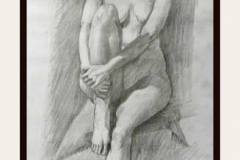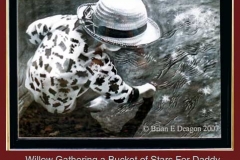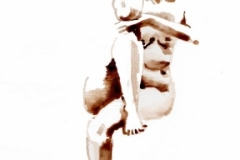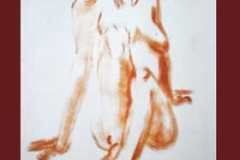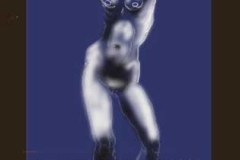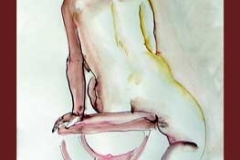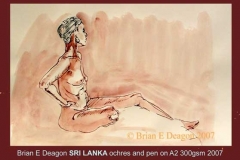All posts by Brian Deagon
Preserve the light
Related Images:
Drawing with Michael
And here from the Masters own Voice is all that is needed to compare what is said, and done.
Artist’s Statement by Michael Grimaldi.
After searching in vain for a classical teacher of painting and drawing, I was fortunate to find some instructors that could not only paint and draw but also could verbalize and demonstrate their ideas and skills. These giving professors opened my eyes to a whole new world, encouraging me while teaching me the fundamentals that will remain with me throughout my lifetime. I feel that the early education an artist receives is imperative to his or her underlying skill and work ethic. Being convinced that many of my progressive steps in drawing and painting are the result of my training, I feel it is only fair to pass on what I have learned.
I teach because I believe that everyone must be given the chance to see, to develop, to learn the basics, which will serve to translate the vision into reality. Also, since the learning process never ends, I, too, learn from my teaching experiences. If I am able to help someone of the difficult path of creating, I feel that I am passing on an invaluable service that has been passed on to me. If I can convey my analytical work process to others – adding my own collective views and ideas to those which I’ve been taught – I feel that I will make an important contribution to that which is essential to the continuance and progression of classical/realist art in the next century.
AH Michael …….”between word and act……….”
Related Images:
Drawing is difficult
Related Images:
Greenberg and collage
Related Images:
Coffee in New York
Coffee in New York
you are clouds in my coffee
without you
coffee is just black
white is just fat
and the sugar got
nowhere to go.
brian deagon NY 2014
Related Images:
New York
Costa Vavagiakis gave me drawing 101.
Related Images:
Juliette Aristedes
In Classical Painting Atelier the assertion is made that “Classical” painting is based on Knowledge, Logic and Order. Consider the alternative. Art based on ignorance, irrationality and chaos. And that is exactly what has occurred. This is not to imply that art based on either proposition is superior to the other,it is just that the two worldviews may be incompatible.
Related Images:
Spit and Polish
I have mused about the cultures that tend to Realism before. The Dutch invented the stock market and still life and exported both to Boston and New York. Academic Realism that Americans preserve from C19 English Empire and C19 French Academies, has the same love of detailed “finish”. . The passion for accurate detail gave Florence double entry bookkeeping and Botticelli, and America its utilitarianism and Andrew Wyeth. They bring the same aesthetic to the nude as they do to chrome automobiles.
This realisation about the limits of realism came to me in Boston, where gallery after gallery displayed the same, beautifully painted bowl of strawberries on a white plate. The problem was, they were all by different artists. The aesthetics and ethics of mass production! Polished highlights on surfaces everywhere, and the artist has become an interchangeable part.
A similar problem bothers me with the academy drawing. So long as it is understood from the first mark, that this drawing is a learning experience, not a work of “Art”. The question “What does a nude do?” is followed by ” When is a nude finished?”
Its gratifying to be agreed with. This comment from Brian Froud says he “gets”it. “I’m always amazed when I look at American fantasy art. Its over-rendered. Every surface is shiny so your eye skids off the art. So do your emotions”
Related Images:
Kant and Heidegger
Imagine God behind a screen and us in front of it. Kant says we have invented the screen upon which we project the world. God is unknowable behind it. Heidegger says God made the screen, but in an odd twist he says the screen projects or creates us.God is equally hidden behind the screen.
These are the antecedents of contemporary philosophy, and its introspection and irrelevant God. I am still struggling with its impact on the visual arts, but starting with Foucault.
Critique of Foucault is like attacking a fog. Armed and alarmed, I wield simile and metaphor extended, spinning and kicking, hoping a knife will pierce the heart of the fog.
